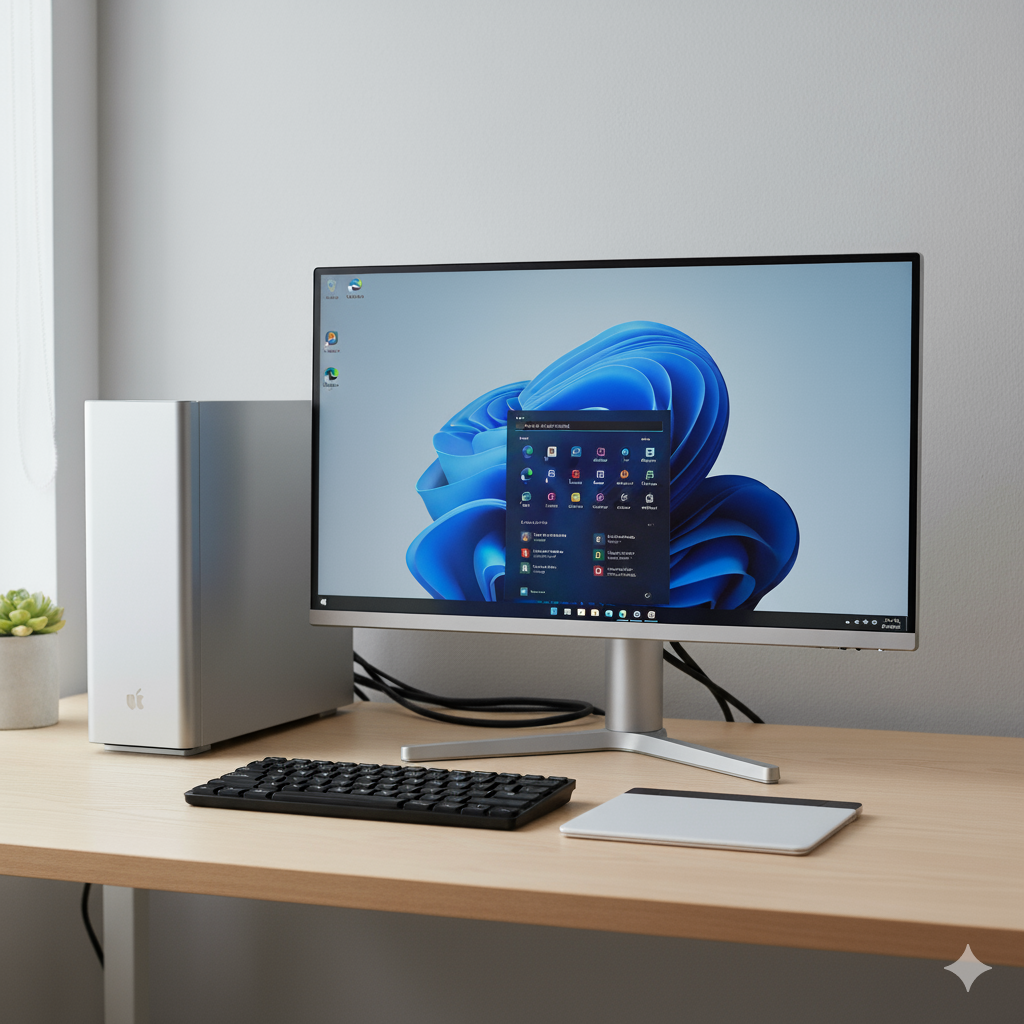- Microsoft Windows 7 Professional
Looking at ways of displaying different drives per user on a single computer. This one is by modifying the system registry, so if you aren't familiar with the system registry in MS Windows, you may need to find someone who is.
How?
As a proof of concept, let's see how to hide a specific drive. Note that this section applies to the currently logged-in user. To restrict other users, see the example after this one:
- Open the Start Menu, then type regedit in the search box and press Enter.
- In regedit, expand to the following key HKEY_CURRENT_USER\Software\Microsoft\Windows\CurrentVersion\Policies\Explorer
- In the right pane of Explorer, right click on a empty area, click on New > DWORD (32-bit) Value > type NoDrives > Enter.
- Right click on the DWORD you just created and click on Modify.
- Type in the drive option hex or decimal number from the list below you want to set as restricted, and click on OK.
copyraw
-- Restrict multiple drives by adding the values together -- For Example: To Restrict B & C, enter 6 decimal -- " " E & G, enter 80 decimal or 50 hexadecimal Drive Letter Decimal Hex A 1 1 B 2 2 C 4 4 D 8 8 E 16 10 F 32 20 G 64 40 H 128 80 I 256 100 J 512 200 K 1024 400 L 2048 800 M 4096 1000 N 8192 2000 O 16384 4000 P 32768 8000 Q 65536 10000 R 131072 20000 S 262144 40000 T 524288 80000 U 1048576 100000 V 2097152 200000 W 4194304 400000 X 8388608 800000 Y 16777216 1000000 Z 33554432 2000000 All Drives 67108863 3ffffff
- -- Restrict multiple drives by adding the values together
- -- For Example: To Restrict B & C, enter 6 decimal
- -- " " E & G, enter 80 decimal or 50 hexadecimal
- Drive Letter Decimal Hex
- A 1 1
- B 2 2
- C 4 4
- D 8 8
- E 16 10
- F 32 20
- G 64 40
- H 128 80
- I 256 100
- J 512 200
- K 1024 400
- L 2048 800
- M 4096 1000
- N 8192 2000
- O 16384 4000
- P 32768 8000
- Q 65536 10000
- R 131072 20000
- S 262144 40000
- T 524288 80000
- U 1048576 100000
- V 2097152 200000
- W 4194304 400000
- X 8388608 800000
- Y 16777216 1000000
- Z 33554432 2000000
- All Drives 67108863 3ffffff
- Log off and log on, or restart the computer to apply changes.
To only restrict Guest or a Specific User:
So undo the above if you didn't want this applied to the current logged-in user (delete the NoDrives DWORD). The concept of creating the NoDrives registry entry is what you need to remember. In the example below, we are applying the same principle to a specific user account (the Guest account):
- Open the registry editor with administrative privileges
- Select HKEY_USERS
- Go to the menu File and select Load Hive
- Navigate to that user's profile folder, usually C:\users\username in this case Users > Guest
- Enter NTUSER.DAT in the File name box. (This file is a system-hidden file, so it won't show up in the file selection window. You have to type it in. Be sure not to select ntuser.dat.log by accident.)
- Click ok, then enter a name for the key. We'll call it Foo.
- Go to HKEY_USERS\Foo\Software\Microsoft\Windows\CurrentVersion\Policies
- If it does not already exist, create a key called Explorer
- Create a new 32-bit DWORD value inside the Explorer key/folder and name it NoDrives (or NoViewOnDrive).
- The value you enter for NoDrives depends on the drive(s) you want to restrict (Refer to the list above)
- CRITICAL STEP: Once you've saved this value, navigate back up to HKEY_USERS, select the Foo key you loaded, and then click File > Unload Hive > Yes (prompt).
- Close the registry editor, then restart the computer.
Notes:
- Guest account will not see the drive in Windows Explorer but can still access it using the command prompt.
- All users can access the drive using the command prompt.
- To hide from specific users, you need to repeat the above for each user.
- If your disk drive uses the NTFS file system: Modify the Security settings for the drive to restrict access via the Command Prompt.
- If your disk drive uses the FAT32 file system, then you will have no security tab/setting.
Source(s):
- How to hide drive for specific users in Windows 7?
- How to Hide or Unhide a Drive in Vista and Windows 7
Category: Windows OS :: Article: 557













Add comment